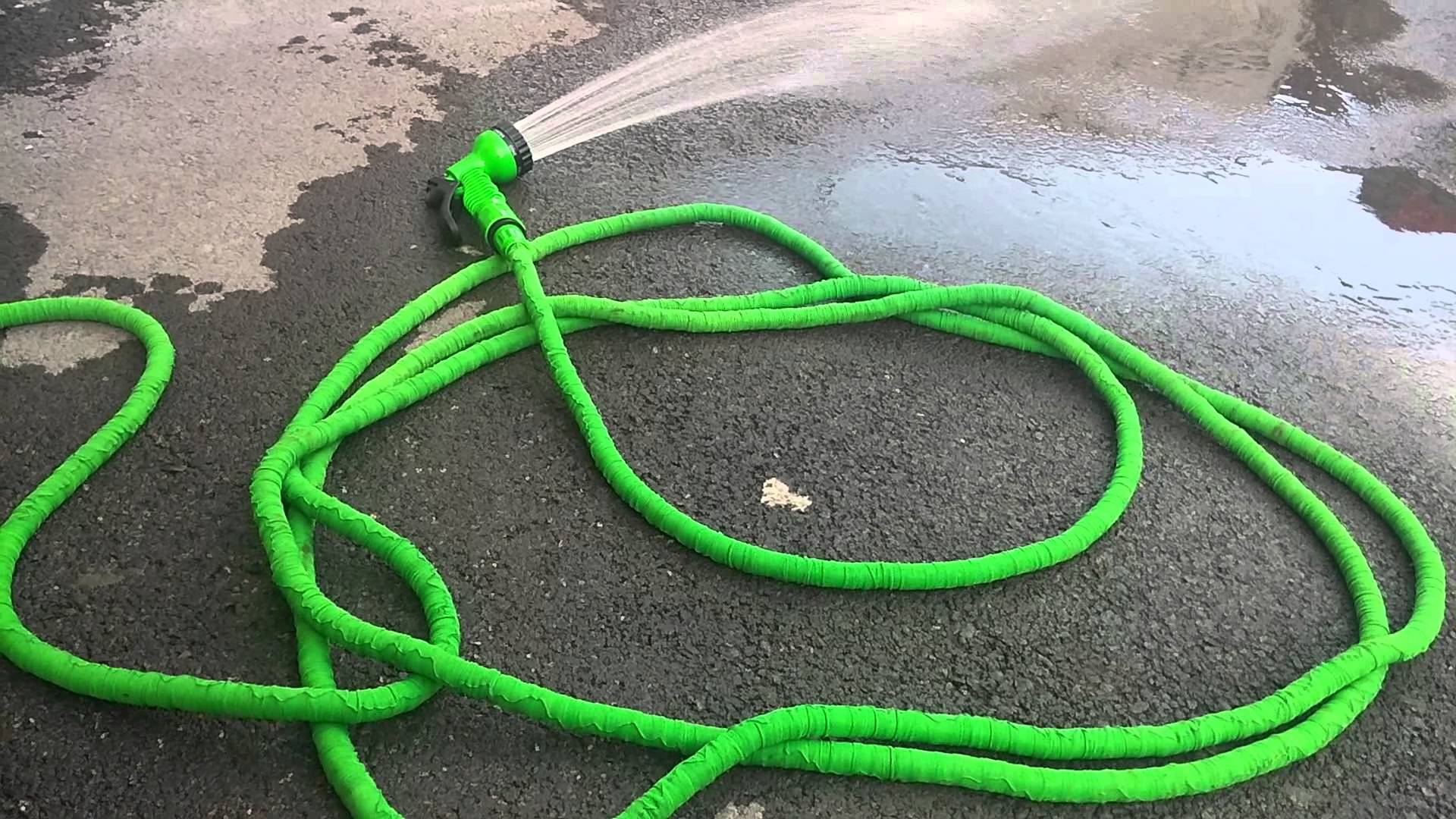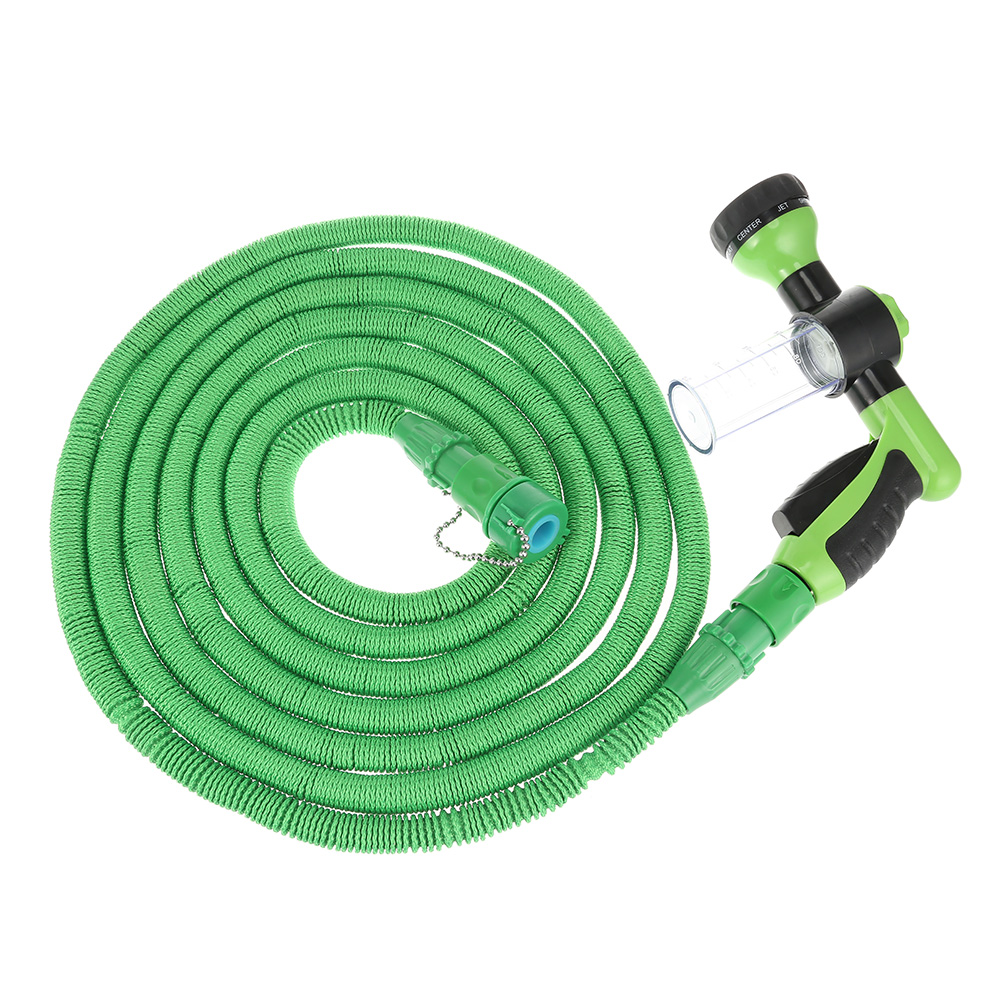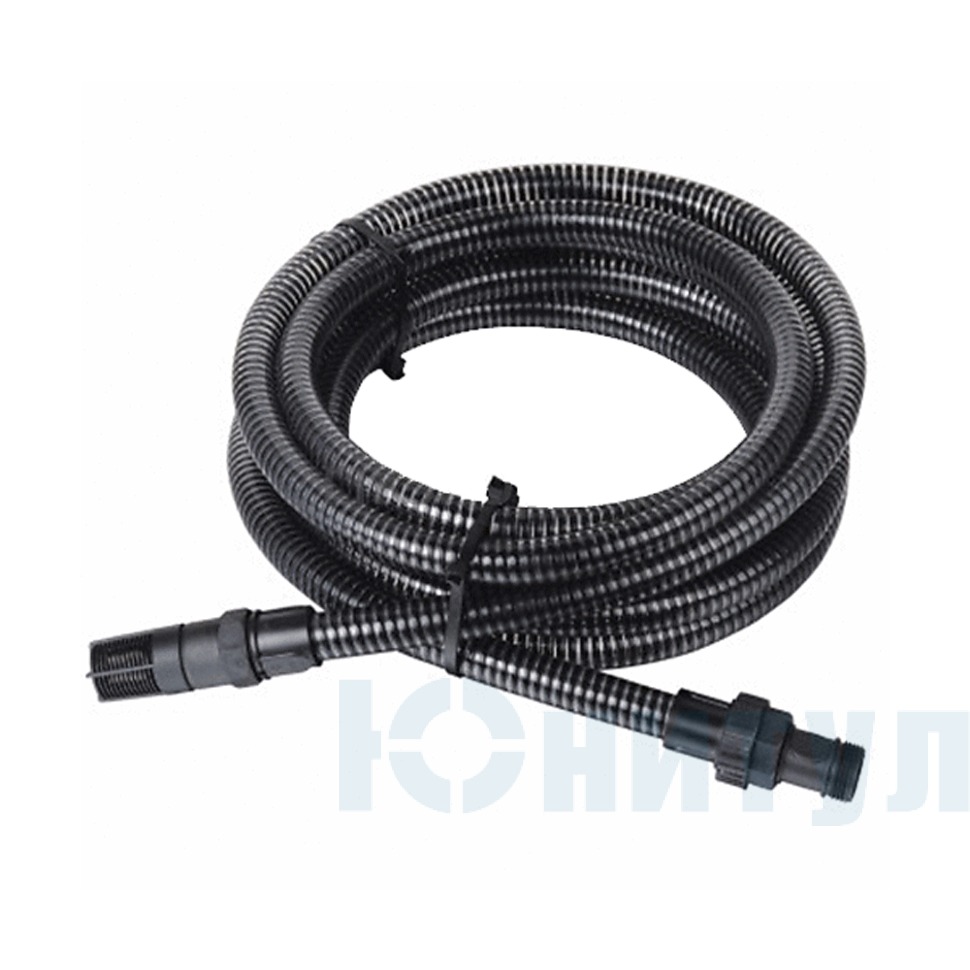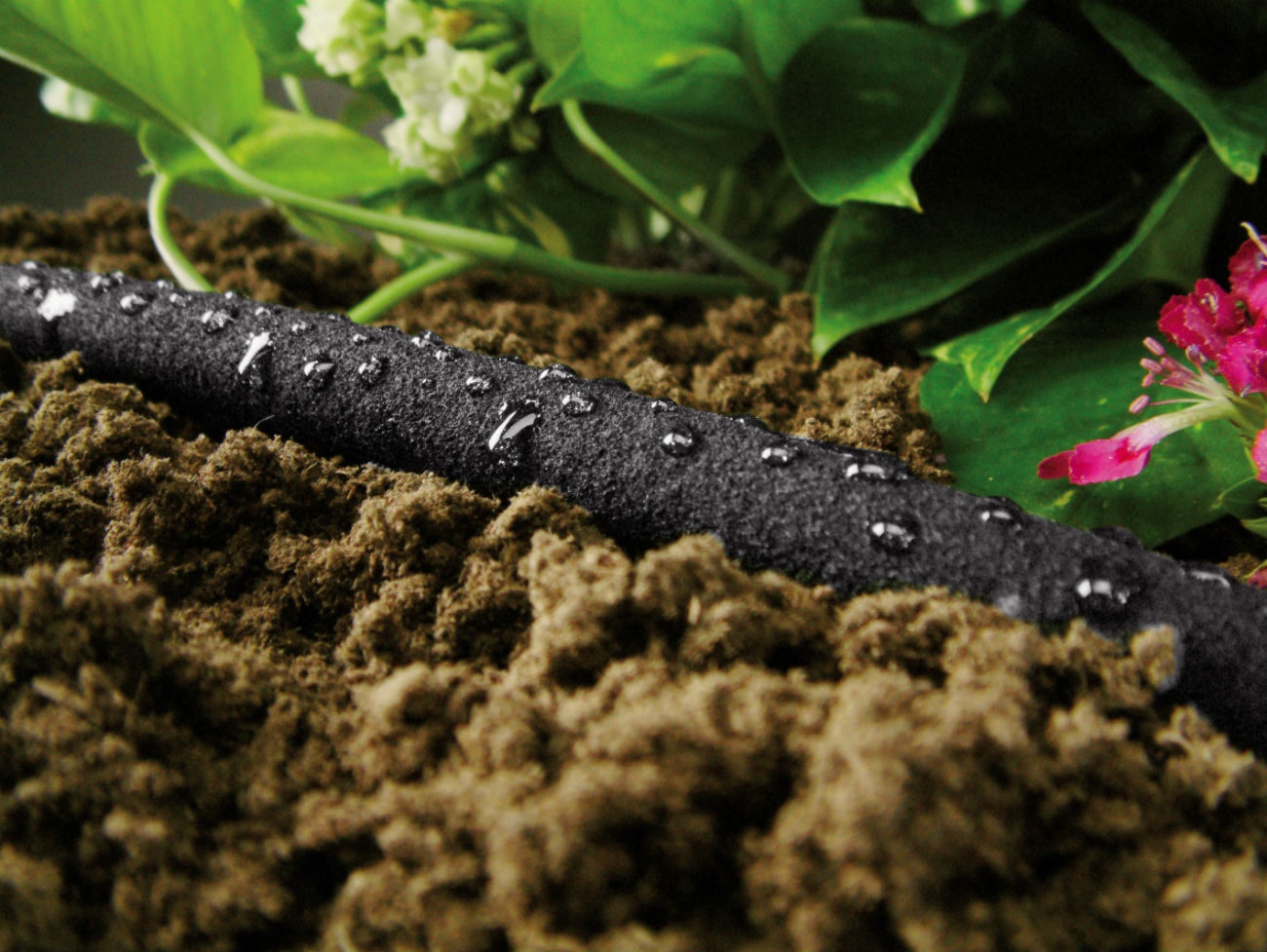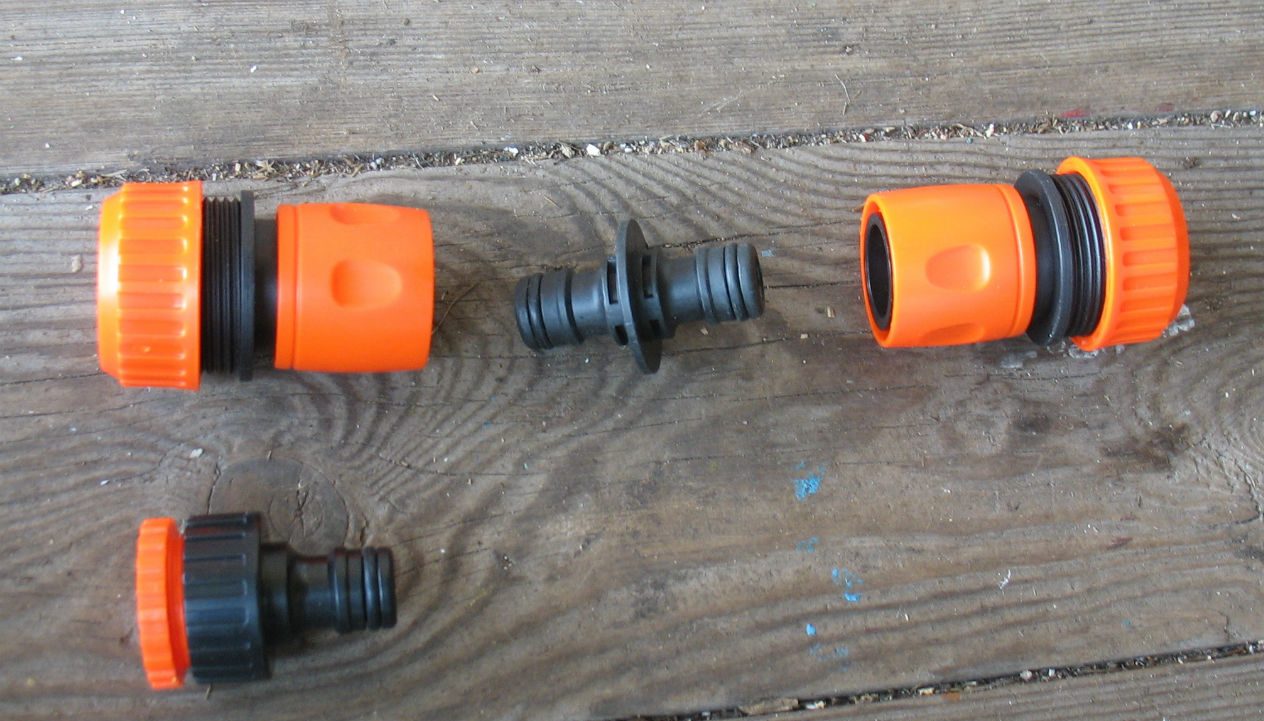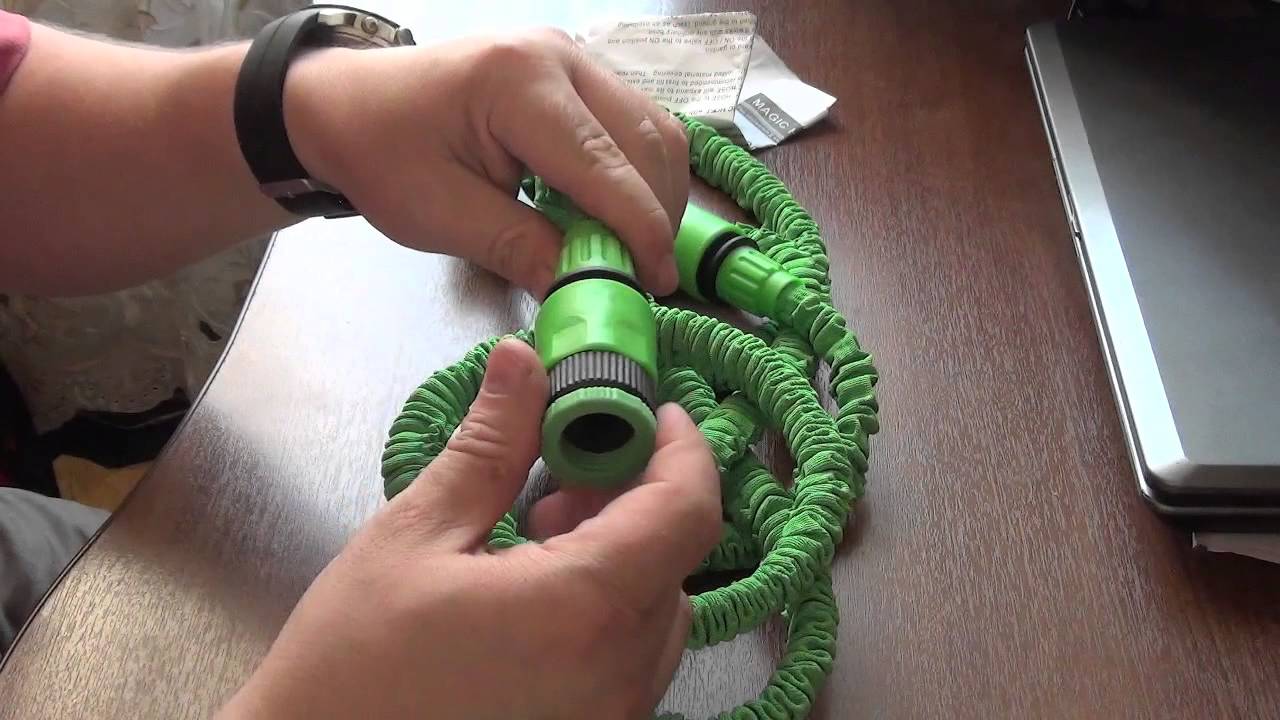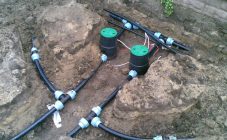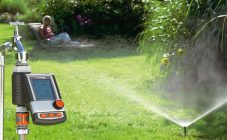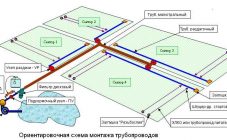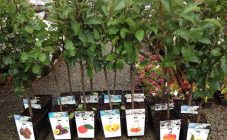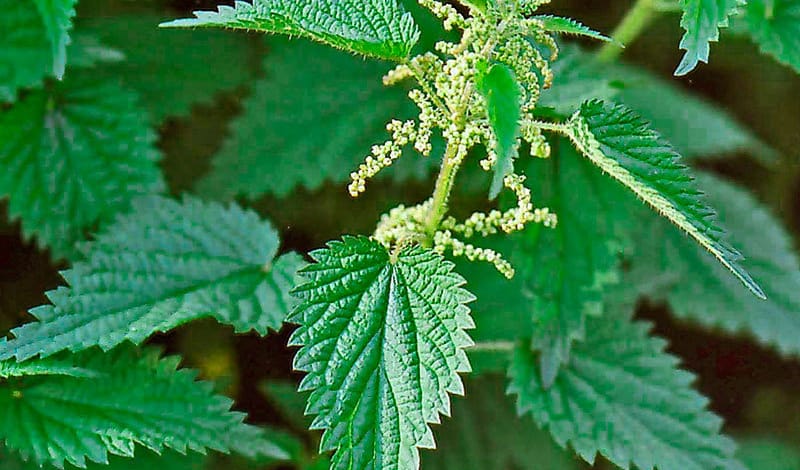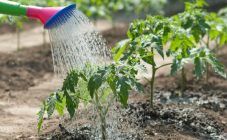Content:
It is impossible to imagine a vegetable garden or suburban area without an organized irrigation system. Whether ornamental plants or fruit and vegetable crops are grown on the territory, they all require compliance with their special irrigation regime. To simplify and optimize the irrigation process, it is necessary to correctly choose the appropriate equipment.
When choosing, you should consider many factors, such as:
- the need for regular winding up for storage;
- product material;
- working water pressure;
- temperature and other environmental parameters.
Hose selection by material type
If several decades ago only black rubber hoses were on the shelves, today the choice is amazing. Achievements of modern technological processes make it possible to use various substances as a material.
Among all the variety, rubber pressure hoses are considered one of the best. Reinforced with a filament braid, they are able to withstand water pressures up to 53 bar and have a service life of over 20 years. The length of such a hose can be almost any: from 20 to 200 meters, with a wall thickness in the range of 4-6 mm, they are able to withstand temperatures from -30 ℃ to + 90 ℃. The diameter of the rubber hose can be 13, 19 and 25 mm or the same dimensions in inches. Not always clean ecological raw materials can be used as a raw material.
The advantages of rubber are:
- excellent strength and elasticity of the product structure;
- the ability to withstand strong jumps in temperature;
- no deformation;
- low cost and long service life.
The disadvantages include:
- large weight of the product;
- use of toxic substances as raw materials.
You can use a rubber irrigation hose for plants in beds and automatic irrigation using a lawn grass holder. Such hoses are also used in industrial plants and car washes.
PVC hose material is gaining popularity (Fit models). The variety of such products is manifested in the number of layers (1, 2, 3, 4), covered with a cruciform or mesh braid. Single-layer versions without reinforcement are often produced in a transparent version. This solution leads to the development of algae colonies on the inside. The finished products are capable of withstanding a maximum water pressure of 40 bar. The temperature range for them is from -25 ℃ to 60 ℃. PVC hoses are available in the same length as rubber. The service life ranges from 5 to 35 years.
The advantages of PVC include:
- a large selection of different versions of the product (the number of layers, the need for reinforcement or not);
- no deformation in reinforced versions;
- ease of being able to connect different parts using adapters;
- lack of release of toxic substances;
- lightness and low cost of single-layer modifications.
The disadvantages are:
- deformation under the influence of UV rays and strong water pressure in versions with one layer of PVC;
- reproduction of algae in transparent parts;
- short service life of single-layer products.
It is rare to find watering plastic hoses in the garden area. The ability to withstand pressures up to 7 bar, while being comparatively flexible, imposes restrictions on use. Execution in a corrugated form allows you to slightly increase the low strength. Plastic, without undergoing changes under the influence of UV rays, allows its use for a long time.
The advantages of plastic:
- lack of deformation under the influence of sunlight and temperature changes;
- limitation of conditions for the reproduction of algal cultures;
- low weight;
- value for money in monetary terms.
Disadvantages of the material:
- lack of flexibility when bending (wringing);
- accumulation of limescale on the inside;
- short service life, not exceeding 2 years.
Due to its fragility, a plastic garden hose can be used as a temporary solution for a summer cottage. The service life is similar to nylon hoses. The fragility of nylon is due to its poor resistance to temperature changes and limited ability to withstand high flow. The advantages of such products are low weight, great flexibility and strength with constant twisting of the structure.
Silicone hoses are gaining popularity. They are able to withstand a drop of -20 ℃ to 40 ℃. However, a deformation process is observed with prolonged exposure to sunlight. Expanding walls can lead to cracks and fractures.
The most durable and long-lasting option is thermoplastic elastomer hoses. This material is capable of withstanding a temperature range of -50 ℃ to 90 ℃, with pressures in excess of 8 bar. In addition, frost resistance, immunity to UV rays make such a hose attractive for gardeners. With a light weight, resistance to winding, maintaining the rate of use, the product's service life is more than 15 years.
Irrigation hoses by type
In addition to the material, products may differ in the number of layers. In addition, reinforcement or the introduction of a corrugated structure can be used.
The thinnest products are characterized by low strength. Without additional coatings, the material is weakly resistant to changes in temperature and water pressure. The use of such products is possible only at regulated ambient temperatures. Most often they are used as a transfer of water from large containers to smaller ones.
Strength, wear resistance, flexibility, UV resistance give the product additional layers. High throughput, resistance to temperature and water pressure surges allow maintaining the integrity of the material. You can use such products at any time of the day or year. In addition, the flexibility allows the hose to be twisted without kinking.
The stretch hose for irrigation consists of a miracle design called a hose-in-hose. The inner part is made of rubber rubber with high elongation properties. The outer "cover" consists of nylon threads that act as a stretch limiter. Such a hose is highly wear resistant.Due to its low weight and design features, the storage hose can be easily assembled and reeled up.
The presence of a reinforced layer makes the structure one of the most durable (for example, LUX-TOOLS BASIC or Elitech hoses). On the inside of the hose, a layer of steel or mesh polymer thread is applied. This composition is designed for high constant water pressure and extreme operating conditions, and is also suitable for connection to pumps.
Garden irrigation hoses by purpose
You can use a regular hose to water the plants at the root with a sprayer. Such a product retains its original shape, does not undergo transformation.
To carry out the drip irrigation system, a hose is needed, in the form of a flat tape with holes located on it at a certain distance. Such a hose is laid on the site for a long time.
Oozing hoses (Cellfast models) are necessary to maintain constant soil moisture in moisture-loving plants. The main material for such products is polypropylene or rubber. The inner layer is a labyrinth through which water moves. There are small holes in the upper part of the hose.
When growing plants with shallow root systems in the garden, a hose construction with a sprinkler sleeve is suitable. When sprayed through the shallow holes of water, mist forms around the plant.
How to choose a watering hose
Which garden hose should you choose? Before buying a hose, you should analyze the conditions in which it will be used, and also calculate the required length of the future product. The longer the hose should be, the larger the diameter should be chosen. In addition, it must fit the tap connector.
In addition, the working water pressure must be taken into account. It must comply with the product specifications. When choosing multi-layer products, remember that with an increase of 1 layer, the working pressure increases by 4-5 bar. The increase in the number of layers increases the performance properties, thereby increasing the total cost of the product.
Choosing a transparent product increases the algae growth capacity inside the hose. The accumulation of plaque provokes the formation of putrefactive processes, accompanied by an unpleasant odor. Such processes reduce the performance of the water used.
Connecting the watering hoses
An important stage in the formation of the pipeline is the connection of the hose to the central water supply system. To do this, it is necessary to clean the threads of the old brass pipes from the formed rust and make a spiral winding. Flax or fum tape is suitable for this. The advantage of the fuma tape is that it does not absorb the resulting rust and prevents the valve from leaking.
Having chosen a fitting for connection to the water supply, you must install it on the tap by connecting a hose to it. This completes the installation of the hose, you can begin to operate it.
How to care, repair and store
You can purchase a garden hose reel to make it easier to roll up the hose. It is easy to transport and compact enough. It is better to store hoses in the shade, avoiding exposure to UV rays.
A budget-saving option to save space is a hook that is attached to the wall. Hanging up the hose will remove any remaining water inside. Drying the spray hose thoroughly will prolong its useful life. At the end of the gardening season, it is necessary to disconnect the hoses from the water utility, empty and fold in a dark place.
When observing leaks, it is necessary to disconnect all hoses, lubricating the thread of the nozzles with petroleum jelly. After that, there will be no leakage during the assembly of the structure. If punctures or tears are observed, the damaged area can be repaired with rubber glue. First you need to clean the place with a dry cloth. The damaged area must be filled with glue, avoiding falling inside.
You can also secure the patch using a puncture repair kit. To do this, you need to make a patch to the size and fix it with glue. With the help of a hot air gun, small cracks and defects formed when the hose is twisted can be repaired.
Popular manufacturers
New to the market are XHOSE Pro hoses. They are compact self-expanding irrigation hoses that return to their original shape without human intervention. The disadvantage of this model is its low strength when exposed to sharp objects.
The most popular and proven manufacturers are:
- Karcher;
- Gardena;
- Palisd;
- Belamos.
The listed companies produce high-quality, proven products for irrigation of plots at an affordable cost. You can buy them in stores like Leroy Merlin and Max.
In conclusion, we can say that at present there is a large selection of different models of hoses, differing in purpose, material and other parameters. Such an abundance allows you to choose the hose you need for specific needs.
